A study using neutrons provides insights into ancient craft techniques: MLZ researchers have analysed Celtic iron tools and gold artefacts from the Bronze Age to obtain information on their processing. Their results have now been published in a special issue of a renowned scientific journal.
MLZ is a cooperation between:
 > Technische Universität München
> Technische Universität München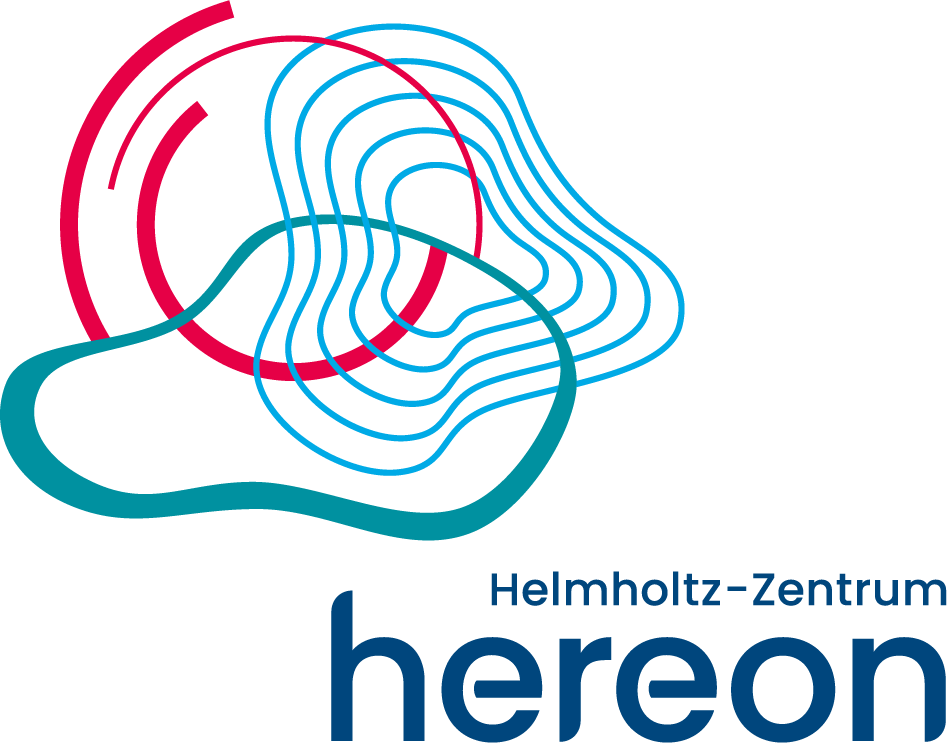 > Helmholtz-Zentrum Hereon
> Helmholtz-Zentrum Hereon
 > Forschungszentrum Jülich
> Forschungszentrum Jülich
MLZ is a member of:
 > LENS
> LENS > ERF-AISBL
> ERF-AISBL
MLZ on social media:

MLZ (eng)
Lichtenbergstr.1
85748 Garching
Earth, Environment & Cultural Heritage

The understanding of environmental and earth sciences is crucial to help us find solutions to the problems that arise from ongoing global change. Population growth, increasing urbanization, the growing demand placed on natural resources, industrialization, environmental pollution, greenhouse gases and associated climate change and the natural disasters this sometimes provokes, all challenge our environment and our standard of living.
Research can help us understand processes taking place on earth and evaluate outcomes, consequences and the impact of human activities. This can eventually provide the driving force to foster political action for the establishment of a sustainable future, such as expanding clean technologies.
However, it is not only the gaining of more in-depth knowledge about our present and future which is important, but also the investigation of our past. The precise and non-destructive investigation of archaeological discoveries is of great interest.
In all three fields of geosciences, environment, and cultural heritage, we can gain new knowledge by employing the diverse analytical methods available to us using neutrons.
MLZ addresses the Grand Challenges
- 01.09.2025

- 26.03.2025
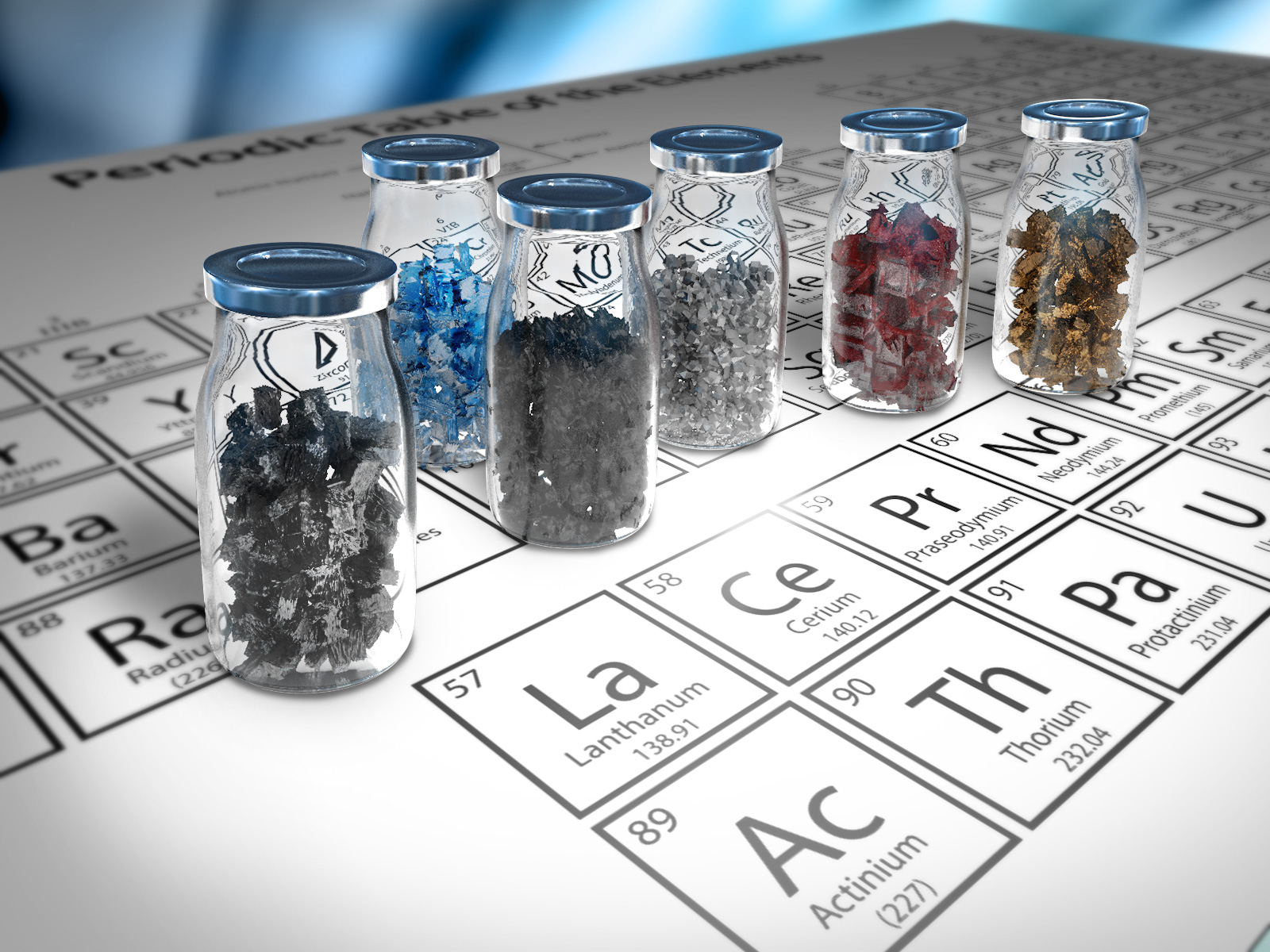
Dr. Eric Mauerhofer from Forschungszentrum Jülich and his colleagues at RWTH Aachen University and the University of Cologne have published new findings on the gamma emissions of nickel, zirconium, lanthanum, and praseodymium. These elements are indispensable materials for sustainable energy systems and high-tech industries. Using the FaNGaS (Fast Neutron-induced Gamma-ray Spectrometry) instrument from Jülich Centre for Neutron Science at MLZ, their study provides valuable insights into these critical raw materials, supporting their effective application in advanced technologies.
- 11.03.2025

High pressure significantly modulates the association of water with polymers and phase separation processes. New investigations by a German-American research team at the MLZ KWS-3 instrument reveal the pathways of aggregation of polymers into particles and their disintegration. The experiments show that pressure is key to control the hydration properties of the polymers with relevance for degradation processes in micro-plastics.
- 22.04.2024
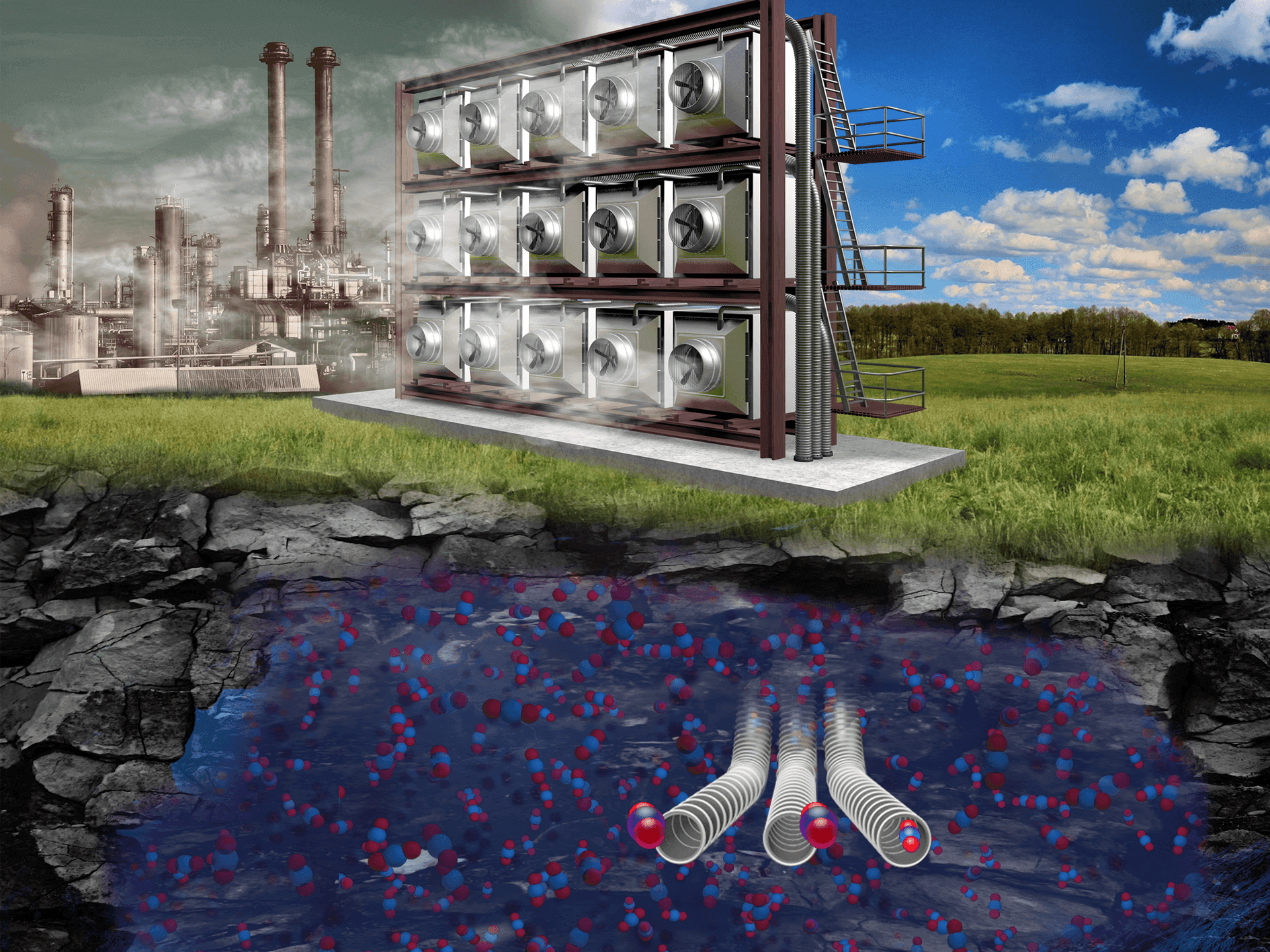
Whether sedimentary rocks store fossil hydrocarbons or act as impermeable layers to prevent the rise of oil, natural gas or stored carbon dioxide – all depends on their porosity. The size, shape, organization, and connectivity of the pore spaces are decisive. At the Heinz Maier-Leibnitz Research Neutron Source (FRM II) at the Technical University of Munich (TUM), the networks of micropores were characterized using small and very small angle neutron scattering.
- 01.09.2023
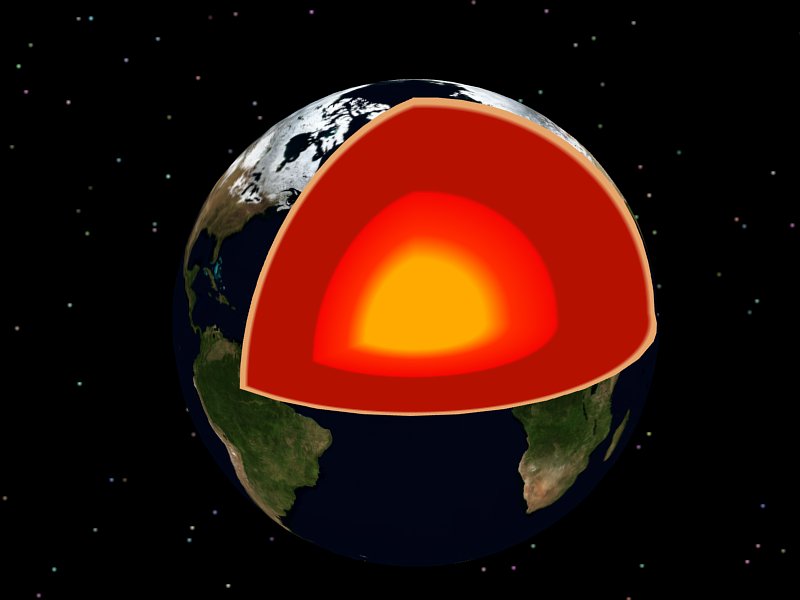
Prof. Dr. Tomoo Katsura and his international research team at the Bavarian Research Institute of Experimental Geochemistry and Geophysics, University of Bayreuth, have discovered why rocks in the Earth’s interior suddenly become more viscous at depths of 800 to 1,200 kilometres.
- 17.08.2023
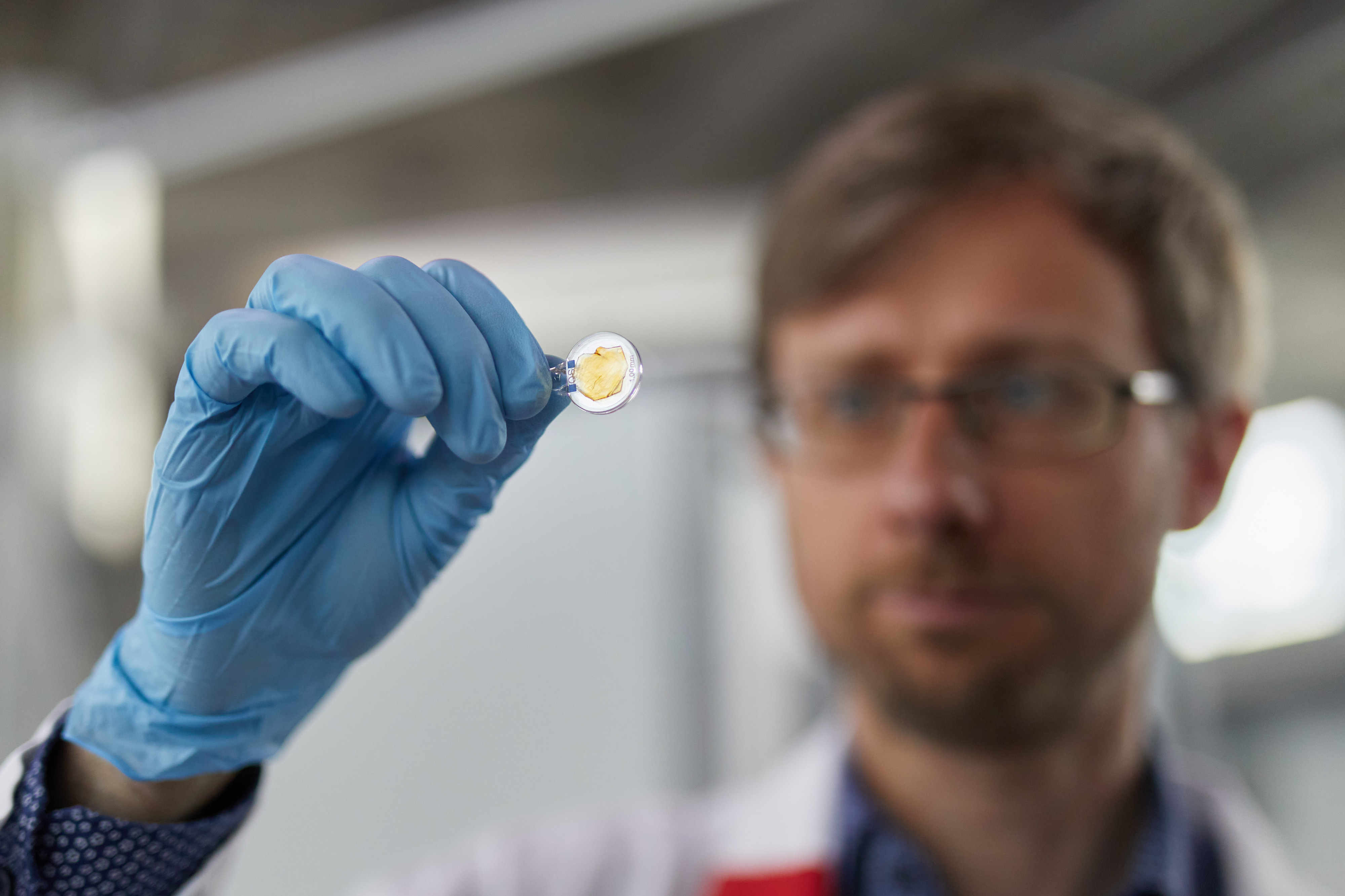
The restoration of artworks often involves solvents which have toxic properties. Now researchers have succeeded for the first time in creating a non-toxic and sustainable cleaning agent for paintings. Scientists at the Technical University of Munich (TUM) Research Neutron Source Heinz Maier-Leibnitz (FRM II) investigated the structure of the agent, referred to as an organogel.
- 05.01.2023

An interdisciplinary research team led by the Leibniz-Zentrum für Archäologie (LEIZA) has solved the mystery of a gold-plated pendant found in 2008 in a medieval refuse pit in the Old City section of Mainz. Thanks to the non-destructive examinations at the Research Neutron Source Heinz Maier-Leibnitz (FRM II) of the Technical University of Munich (TUM), the researchers localized miniscule bone fragments inside the object, presumably religious relics.
MLZ is a cooperation between:
 > Technische Universität München
> Technische Universität München > Helmholtz-Zentrum Hereon
> Helmholtz-Zentrum Hereon
 > Forschungszentrum Jülich
> Forschungszentrum Jülich
MLZ is a member of:
 > LENS
> LENS > ERF-AISBL
> ERF-AISBL
MLZ on social media:


